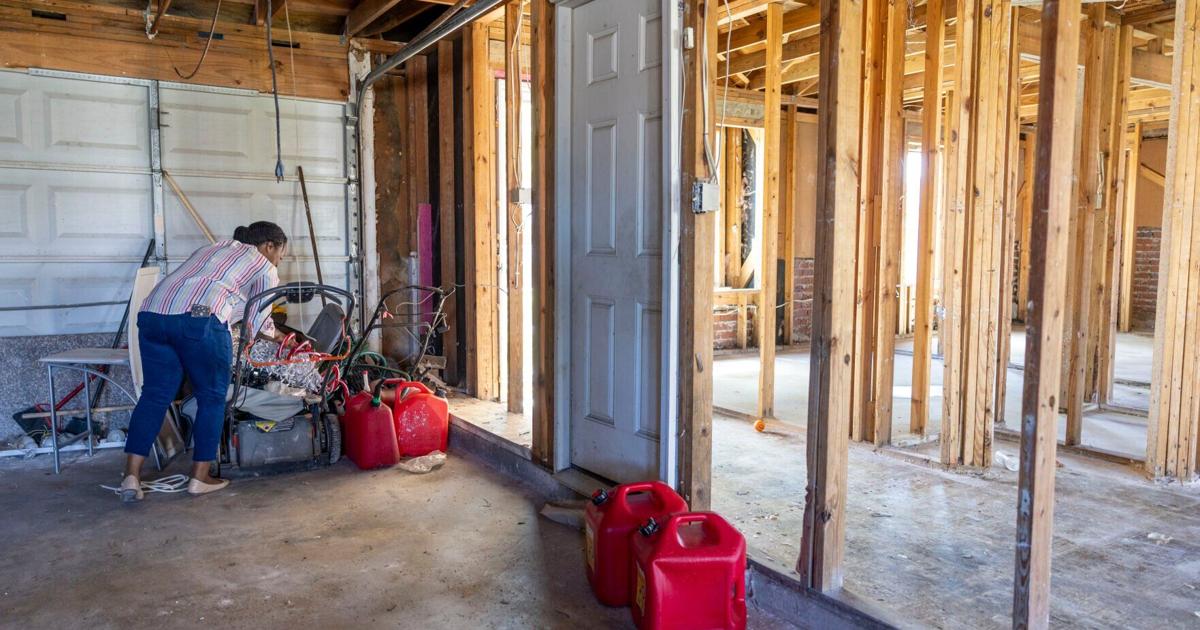Louisiana’s challenge to new flood insurance rates can move forward, judge rules
State officials are deeply concerned with sharp increases for many homeowners. A federal judge has ruled that Louisiana and nine other states can proceed with a legal challenge to the nation's controversial new system for setting flood insurance rates, Risk Rating 2.0. The system is causing sharp increases for many homeowners. While ruling that the lawsuit can proceed, Darrel James Papillion also declined a request to immediately intervene and halt the new system, stating that it would do more harm than good. He limited the number of plaintiffs and claims that can be part of the lawsuit to only include the 10 states participating, St. Tammany, Livingston and Washington parishes. The lawsuit was filed in June amid concerns that the increases could lead to home foreclosures and reshape the housing market. FEMA argues that the changes are necessary to reflect the actual risk of each home and help set the financially sound flood insurance program financially sound.

Diterbitkan : 4 minggu yang lalu oleh Mike Smith di dalam Business
A federal judge ruled Thursday that Louisiana and nine other states can move forward with a legal challenge to the nation's controversial new system for setting flood insurance rates, which is provoking sharp increases for many homeowners. While ruling that the lawsuit can move forward, U.S. District Judge Darrel James Papillion also declined a request to immediately intervene and halt the new system, known as Risk Rating 2.0, saying that would do more harm than good. Papillion also limited the number of plaintiffs and claims that can be part of the lawsuit. Only the 10 states taking part in the suit as well as St. Tammany, Livingston and Washington parishes can now be included. Claims from a number of other parishes, municipalities, levee districts and other entities were dismissed.
A separate notice issued by the court in connection with the case encourages the states and federal government to try to reach a settlement. The office of state Attorney General Liz Murrill, who had argued the case in court herself while still solicitor general, did not immediately respond to a request for comment. FEMA, which oversees the National Flood Insurance Program, also did not immediately respond to a request for comment. “Any interest the public has in the need for federal agencies to follow the law is outweighed by the public’s interest in the stability of the administration of the National Flood Insurance Program,” said the ruling from Papillion, of the eastern district for Louisiana, in explaining his rationale for declining to intervene immediately.
The lawsuit filed in June reflects deep concern from Louisiana officials that the flood insurance increases, combined with property insurance hikes, could provoke a raft of home foreclosures and gradually reshape parts of the housing market. At a September hearing, Murrill called the new system “a hurricane” that was “catastrophic in its own right.” FEMA argues that the changes are necessary to better reflect the actual risk of each individual home and help set the deeply indebted flood insurance program on a financially sound path. Projections released last year showed the average single-family home in Louisiana seeing a 134% increase. Especially flood-prone areas will see much higher increases, with Plaquemines Parish projected at the time to be hit with the state’s highest at 545% on average. Orleans was projected to see 99% increases, Jefferson 150% and St. Tammany 126%.
The highest projected percentage increase in the nation at the ZIP code level in the April 2023 data was Plaquemines Parish's 70082, with average hikes of 1,098%. Premium increases for existing policies are phased in over time at 18% per year. New policies are priced at the full rates immediately. Risk Rating 2.0 began in October 2021 for new policies and April 2022 for renewals. It uses an intricate algorithm to compute the premium, incorporating a range of data like cost to rebuild, distance from water, construction type and ground elevation. But much of the data is proprietary and not available publicly, leading to criticism that the new program lacks transparency.
